Steenbarger puts it nicely, “Revenge trading springs from anger over a loss and a greedy desire to recover it all, pronto.”
Ever heard of revenge trading? Well, it’s what happens when a trader takes a big hit and, without skipping a beat, jumps right back into the fray. The goal? Bounce back from that loss as fast as possible. The plan is to slap on another trade, hoping for a win this time, and make a swift recovery.
But let’s be real. Predicting market movements is more art than science.
That supposed win can turn into another loss in a flash, likely even bigger than the first. Revenge trading is all about trying to force a win to offset a previous loss. It usually hits traders who’ve been on a winning streak, only to be side-swiped by a significant loss.
Contents
What fuels revenge trading?
Why do traders even go there? It’s a cocktail of emotions – anger, fear, embarrassment, and good old-fashioned greed – all of which can send even the most experienced trader into a tailspin. Yep, even seasoned pros can succumb to this impulse. That’s what makes revenge trading so baffling.
Anger and greed
Driven by anger at the markets and a greedy hunger for a win, a trader might dive into a trade without thinking twice. More often than not, it doesn’t end well. The trader ends up nursing an even bigger loss.
Fear and embarrassment
Some traders dread the idea of acknowledging and accepting a loss, especially a hefty one. That fear can spur them into a revenge trade. The drive to recover from a loss can also come from fear of judgment from friends, relatives, or colleagues who know about the loss. Many traders feel the pressure to keep up appearances, especially if they’re known as a consistent winner.
Diversification as a countermeasure for revenge trading
Diversification is like spreading your chips across different betting tables instead of putting them all on just one. Have multiple bets going on at the same time. All great money managers and investors are strongly advising diversification. The same holds for crypto, do not put all your money on a single exchange or bet everything on just one coin. It’s like how you wouldn’t trust only one type of candy but would try different flavours.
Indeed, you can hit the jackpot and get really, really lucky – but that is different from how you will succeed over the long run. Remember this quote: “It’s not about timing the market, but about time in the market”. The more often you put all your money on a single trade, the higher the probability you might lose a big chunk of your portfolio. It does not take much to return from a 5% loss of your portfolio, but it takes a return of 1900% to recover from a 95% loss.
While being a zealous “monocoiner”, aka. Bitcoin Maximalist might not be the optimal route, but the underlying principles can offer a layer of protection. For those embracing a multi-coin approach, spreading holdings across multiple exchanges can mitigate risks associated with a single exchange’s vulnerabilities.
“The culture around bitcoin is steeped in responsibility and self-ownership (“hold your own keys” & “not your keys, not your coins”), verification and reasoning from first principles (“don’t trust, verify”), long-term thinking and saving for the future (“stay humble, stack sats”), as well as a focus on hard work, integrity, truth, and visible outcomes (“proof-of-work”).” – DerGigi (Bitcoin Maximalist)
Similar to how Lord Bogdanoff’s mysterious persona remains in the shadows, so too can the intentions and personas of influencers be hidden who say certain coins as destined for the moon. In the end, often, you are simply trusting a mere Twitter handle with a frog as a profile pic, your entire savings. As history reminds us, even platforms like Robinhood have played against the interests of retail traders, and exchanges like FTX have left retail traders feeling shortchanged. Finally, whenever you need a reminder – go to rekt.news to see the newest exploits every week.
Position sizing & trading strategies
Diversification isn’t the only tool in your toolbox and actually goes hand in hand with position sizing and trading strategies. Once you master all of them – you are not prone to following foolish revenge trades but have a great chance of making your money back systematically.
Position sizing is like deciding how much of your chips to put on each betting table. Just as you wouldn’t bet all your chips on a single hand, limiting the amount you invest in each coin keeps your decisions from being driven by fear. Remember what Joe Vidich said: “Limit your size in any position so that fear does not become the prevailing instinct guiding your judgment.”
To calculate position size, follow these steps:
- Determine your maximum acceptable risk as a percentage of your account balance, e.g., 2%.
- Calculate the dollar amount of your risk based on your account balance.
- Calculate the difference between your entry price and stop-loss level.
- Divide the dollar amount of risk by the price difference to determine the position size. Adjust position size based on your risk tolerance and market conditions. Proper position sizing helps manage risk effectively in trading.
Don’t rely on just one trick of position sizing; you also need a strategy; otherwise, it’s like using only one ingredient in a recipe. Combine different tools, like candlestick patterns, with technical indicators such as the RSI or Bollinger Bands. It’s like mixing different flavours to make a tasty dish.
Once you’ve cooked up your strategy, stick to it. Just like a game plan in sports, consistency is key. Set up the proper defences by placing stop-loss orders – these are like safety nets that catch you if things go south. And don’t forget to set take-profit levels too, which are like aiming for a particular score in a game.
Remember the wisdom of Paul Tudor Jones: “If I have positions going against me, I get right out; if they are going for me, I keep them… Risk control is the most important thing in trading. If you have a losing position that is making you uncomfortable, the solution is very simple: Get out because you can always get back in.”
To sum it up
Not to be like the Anonymous Alcoholics, but we really understand your struggle with revenge trading; we’ve all been there. It is hard not to fall into the foolish rage of trying to make your money back by placing huge bets on random coins mentioned in Twitter threads, but that is a major beginner’s mistake. In this blog, we gave you the main tools to be more like John Wick or Oldboy, just in trading. They systematically take revenge on their enemies and succeed in the end. For them, it is systematic violence; for you, it is diversification and prudent position sizing coupled with a stealth trading “revenge” strategy while keeping a cool mindset.
And in case keeping a cool head is not for you – do not engage in emotion-driven rage trading.
As our crypto saga concludes, remember past lessons and screen legends. Systematic revenge, not rash moves, defines success. Through diversification, position sizing, disciplined psychology, and steady accumulation, we master these turbulent crypto waters. Whether echoing John Wick’s vengeance or Oldboy’s resolve, our journey thrives on wisdom, strategy, and a touch of legendary style.
How have you dealt with revenge trading? Share with us your thoughts.

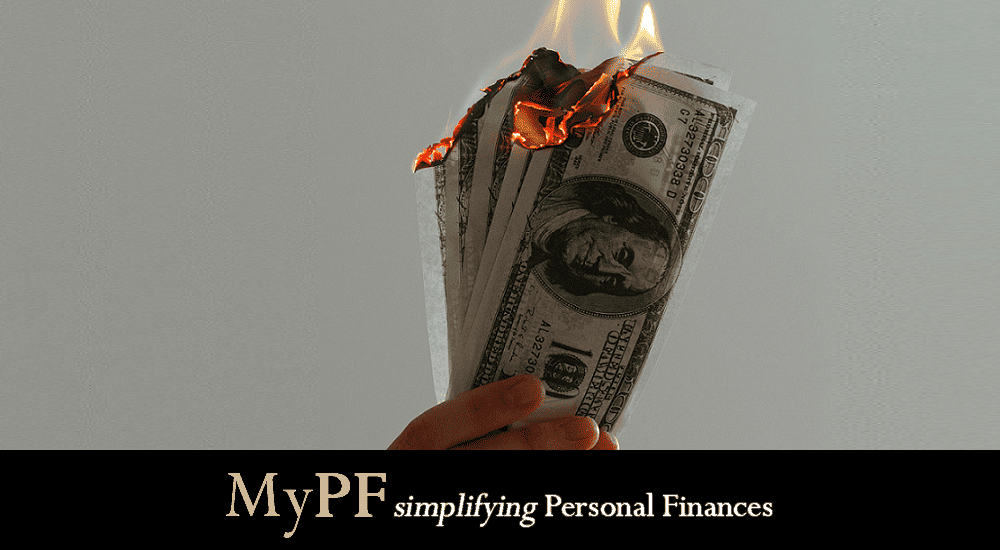
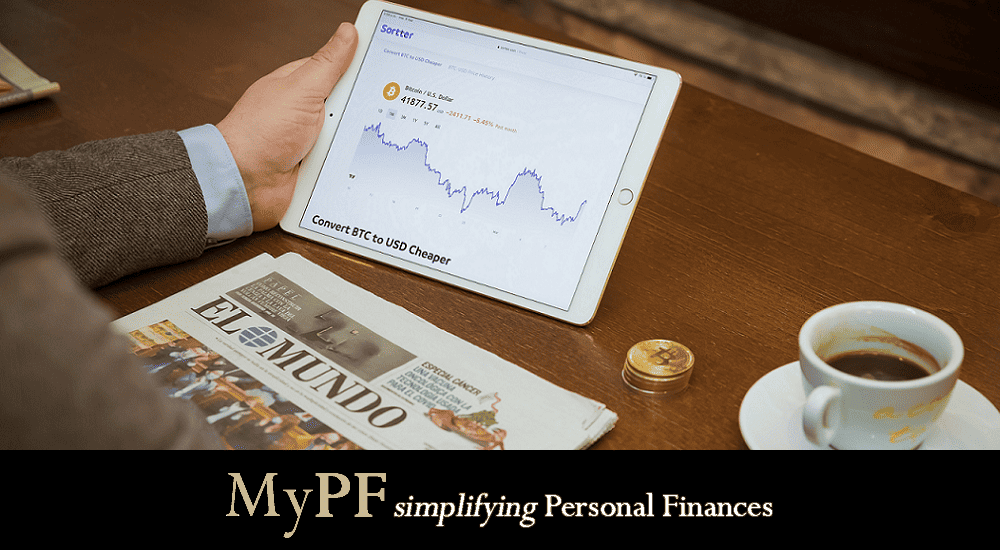
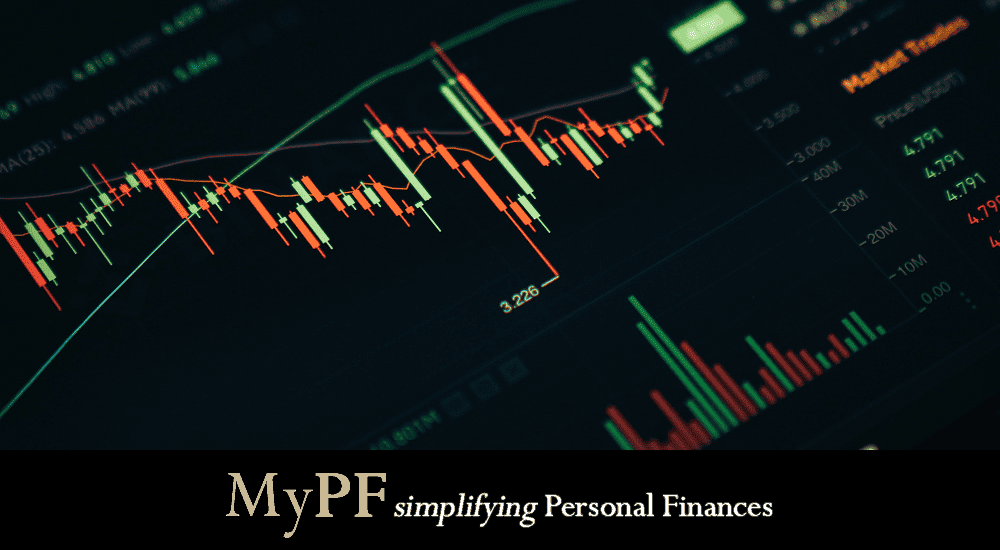
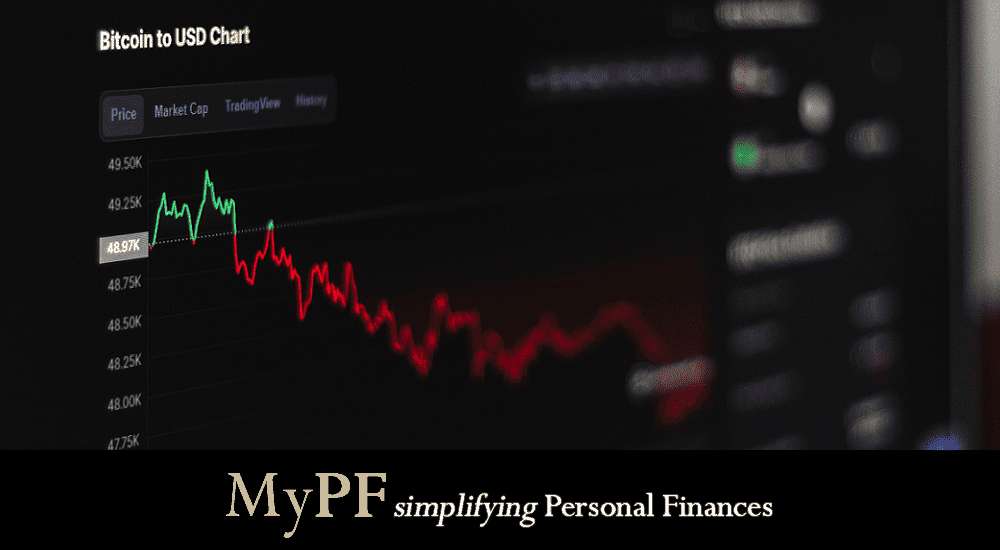
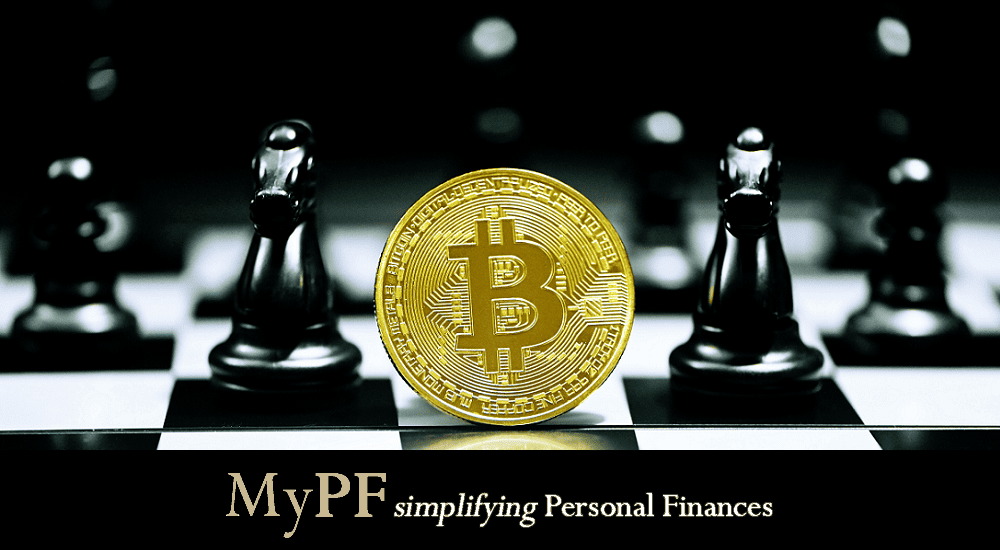

Leave A Comment